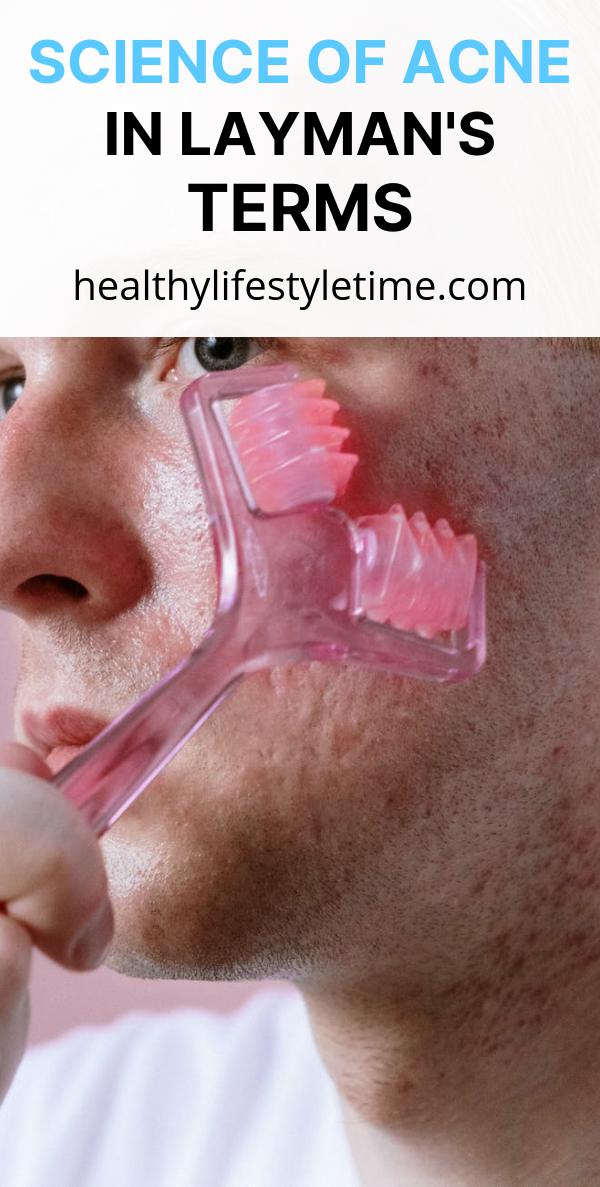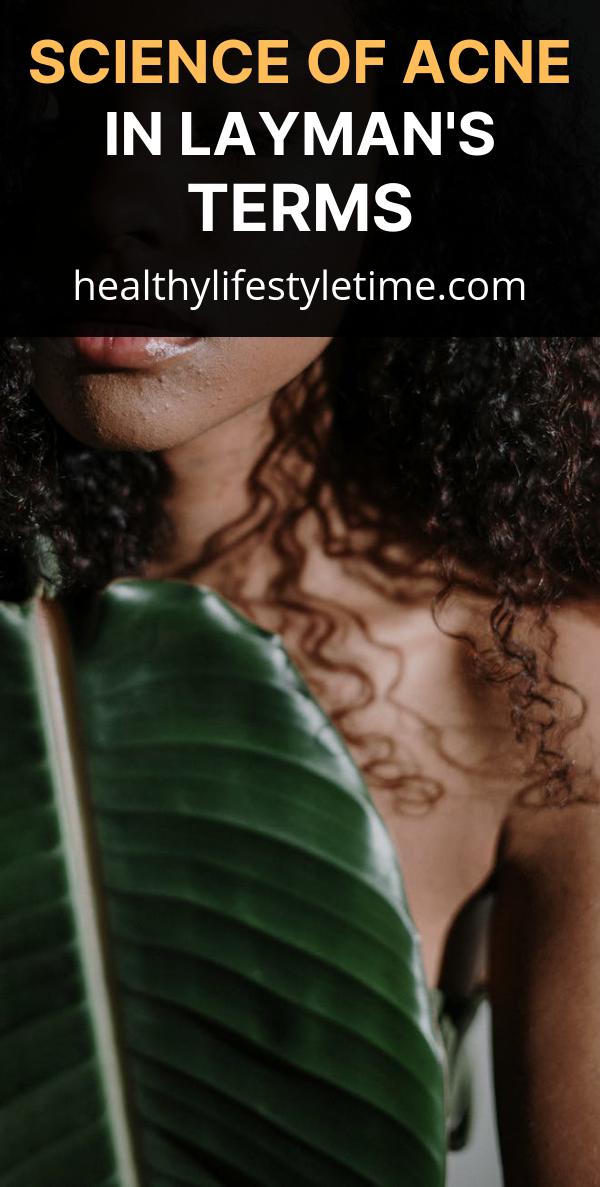In a nutshell, a few simple steps occur that cause skin blemishes. First, acne occurs when for some unknown reason or combination of reasons, hair follicles, also known as pores, become blocked. Although the exact combination of reasons that pores become clogged may not be fully known, many contributing elements for teenagers and adults alike can include; genetics (whether or not there is a history of acne problems and if so, to what extent), hormones, dietary and vitamin makeup (or lack of /deficiency) and stress-related factors. Other denominators could include factors like how your body normally rids itself of its dead skin cells and influences that may be working against this regularity (for example climate and other environmental forces or overall body health at the time) and your hormones and their effect on your own body’s sebum production (especially for females).
Second, the normal dead skin cells that combine with your body’s natural sebum oil as it drains through the skin’s surface become clogged in these blocked pores. This substance becomes somewhat sticky, further clogging the passageway.

Third, bacteria begins to grow around these clogged areas. As a normal reaction, your body’s white blood cells attack the bacteria, fighting it and pushing it out of the body.
And fourth, the resulting growths during this 14-day to 21-day battle are called microcomedones. Microcomedones turn into comedones, commonly referred to as blemishes, pimples or acne.
There are basically four types of acne; whiteheads, blackheads, pimples, and nodules. Whiteheads are when the sebum (oil) and resulting bacteria are trapped below the surface of the skin and you can actually see a white head appear above (or near popping out of) the skin. Blackheads are when the sebum and resulting bacteria are only partially trapped, slowly draining out the surface and turning black because of your skin’s melanin or pigmentation. In the absence of either white or blackhead are generally (but not always) smaller pimples. And the often deeper, boil-like lesions are referred to as nodules.

All forms of acne can be mild, moderate, or severe. Typically, mild acne is visible in the form of whiteheads and blackheads, sometimes pimples. With moderate acne, more pimples and pustules are present on the face, some may appear on the back or chest. And with severe acne, many nodules develop, often large and sore, over parts of the face, back, chest, and other body areas. This type of acne can lead to scarring. Actually, lesser cases of acne have been followed by scarring. So for those with possible nodular acne, seeking advice from a healthcare provider as soon as possible is recommended.
A gender issue to note is that males more often have a severe form of acne rather than females, due to their hormones. And the areas where they tend to break out most frequently are unfortunately more difficult to treat, the chest and back.





